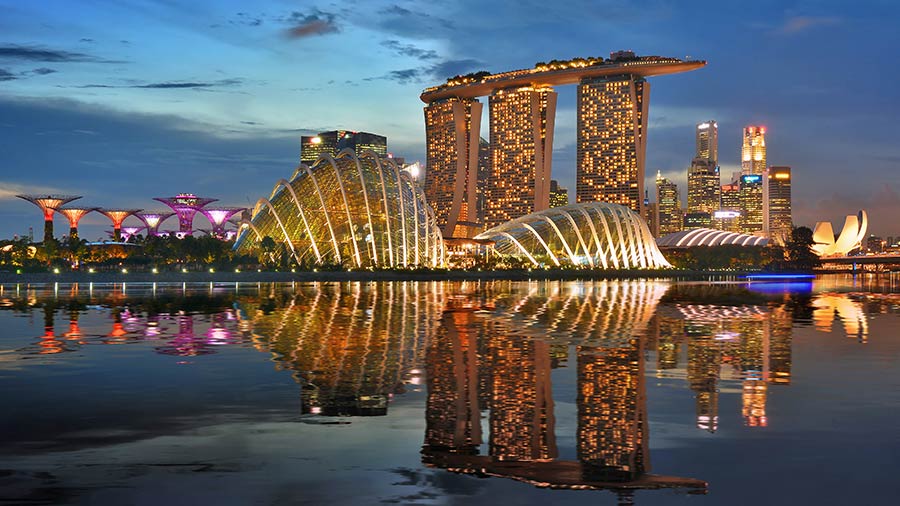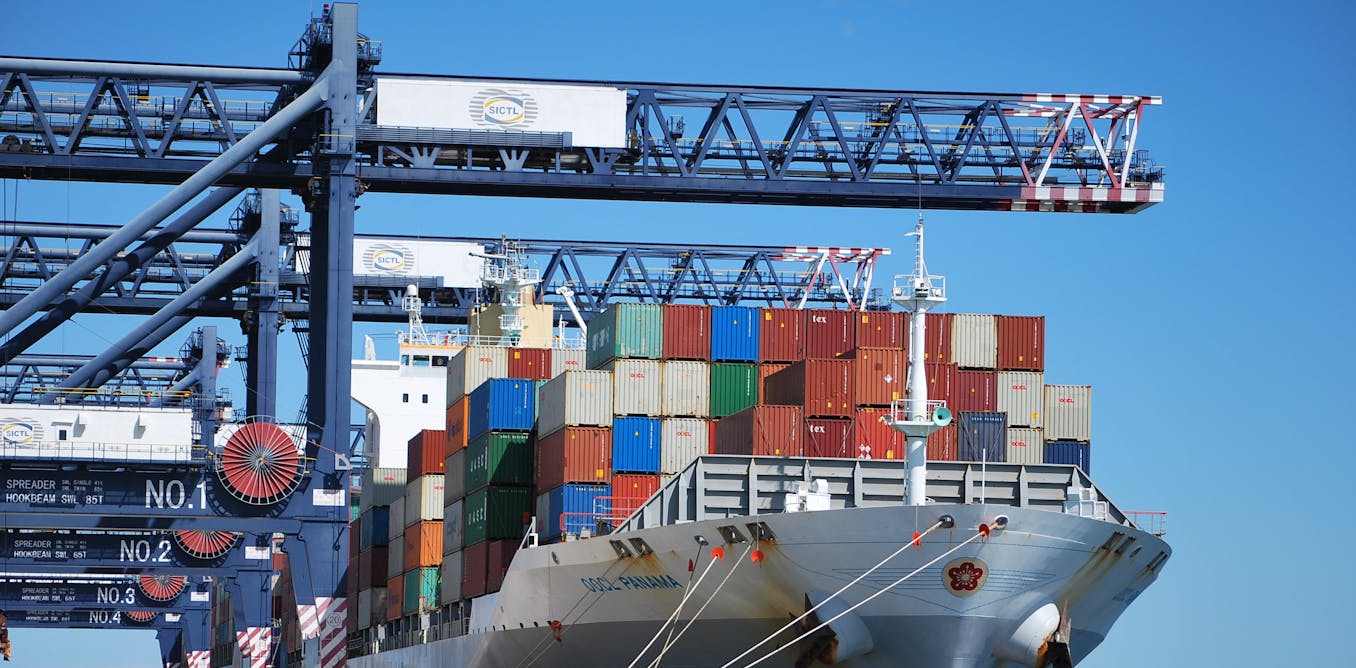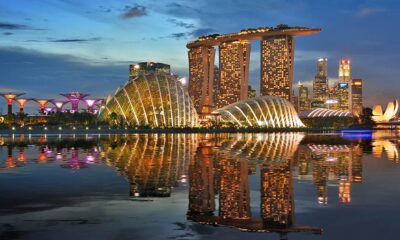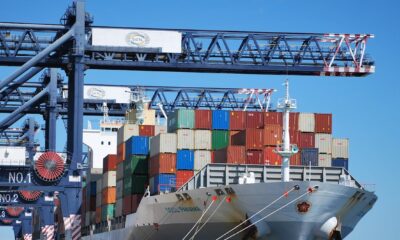China
India’s Setback in Bangladesh May Not Equate to China’s Advantage
The fall of Bangladeshi Prime Minister Sheikh Hasina is detrimental to India, as her regime fostered strong ties. China may gain influence but faces significant challenges in capitalizing on this opportunity.
Strategic Loss for India
The recent fall of Bangladeshi Prime Minister Sheikh Hasina marks a significant strategic setback for India. Hasina was an unusually pro-Indian leader, and her departure has created fears that China may capitalize on this political upheaval. However, while China’s influence in Bangladesh might grow, such assumptions about its immediate gains are overstated.
Challenges to Chinese Expansion
Beijing’s opportunity to bolster its presence in Bangladesh is hindered by significant challenges. The ongoing crisis in Bangladesh could slow China’s attempts to extend its influence in the region. Despite the current turmoil favoring China, the practicalities of political dynamics in Bangladesh may make it difficult for Beijing to fully seize this chance.
Impact on India-Bangladesh Relations
Sheikh Hasina’s government served as a crucial ally for India, fostering a stable relationship that addressed longstanding concerns regarding cross-border issues and support for minority groups. The partnership facilitated vital infrastructure projects, including railway connections that enhance regional integration under Indian leadership. With Hasina’s government now collapsed, the hard-won gains in India-Bangladesh relations are at risk.
Source : India’s loss in Bangladesh not necessarily China’s gain
China
Strengthening Economic Relations Between China and Singapore: Trade, Investment, and Future Opportunities

Since 2013, Singapore has been China’s largest foreign investment source and trading partner. Both countries collaborate in the Belt and Road Initiative, with over 8,500 Chinese firms in Singapore. Their trade strengthened under the RCEP Agreement, growing by 4.4% in 2023.
Singapore has been China’s largest source of new foreign investment for 11 consecutive years since 2013. Likewise, China has remained Singapore’s largest trading partner, largest export market, and largest source of imports for 11 years in a row. Companies from both countries have jointly explored opportunities in the Belt and Road Initiative (BRI) markets, achieving positive outcomes in areas such as infrastructure, financial technology, legal services, and third-party market cooperation.
Currently, there are over 8,500 Chinese enterprises registered in Singapore, covering a wide range of industries, including trade, finance, shipping, infrastructure, logistics, and real estate. Singapore serves as a key hub on the Maritime Silk Road and plays an important role in the high-quality development of the BRI.
In this article, we explore the strengthening economic ties between China and Singapore, highlighting potential opportunities in bilateral trade and investment.
China and Singapore are both member countries in the Regional Comprehensive Economic Partnership (RCEP) Agreement. This is a Free Trade Agreement (FTA) between 15 countries and is the largest FTA in the world. Since the RCEP Agreement entered into force in 2022, China and Singapore’s year-on-year bilateral trade has increased by 4.4 percent by the fourth quarter of 2023.
Source: Ministry of Commerce, China
Singapore’s top exports to China are electrical equipment and nuclear machinery, two categories that have consistently been major imports over an extended period.
| This article was first published by China Briefing , which is produced by Dezan Shira & Associates. The firm assists foreign investors throughout Asia from offices across the world, including in in China, Hong Kong, Vietnam, Singapore, and India . Readers may write to info@dezshira.com for more support. |
Read the rest of the original article.
Business
International Aquarium Conference Shifts from Mexico to China: A Global Focus

Wuhan’s HHAn Polar Ocean Park successfully received the IAC flag, marking the 2027 event countdown. The city aims to promote aquatic research and biodiversity conservation through an upcoming science education museum.
Success of the Flag Handover Ceremony
The International Aquarium Congress (IAC) celebrated a significant milestone on November 1, 2024, in Guadalajara, Mexico, with the flag handover ceremony for the upcoming 13th IAC in 2027. This event, often dubbed the "Olympics of the Aquarium Industry," marks the return of the IAC to China for the first time since 2008. HHAn-Wuhan Polar Ocean Park received the flag, highlighting Wuhan’s prominence in aquatic research and conservation.
Wuhan: A Hub for Aquatic Research
Wuhan stands out as a leading center for aquatic organism research, housing the largest cluster of related institutions in China and globally. Its selection as the first inland city to host the IAC emphasizes its rich scientific heritage and commitment to environmental sustainability. The city’s advanced research capabilities and dedication to biodiversity make it an ideal venue for such a prestigious event.
Commitment to Environmental Education
Tan Wencheng, General Manager of HHAn-Wuhan Polar Ocean Park, expressed the park’s dedication to supporting Wuhan’s growth over the past 13 years. As a key urban tourism landmark, the park plans to construct a 2,000-square-meter science education museum focusing on Yangtze River aquatic organisms and ecological protection. This initiative aims to foster public understanding and appreciation for aquatic biodiversity and drive conservation efforts in the region.
Source : Global Spotlight on International Aquarium Conference as It Moves from Mexico to China
China
Is Australia’s trade war with China now over? The answer might be out of our hands

Australia’s rock lobster industry can export to China again, ending a significant trade barrier. However, future relations depend on geopolitical dynamics between China and the U.S., warranting cautious optimism.
Finally, Australia’s rock lobster industry will be able to export to China again, following a deal struck on the sidelines of the ASEAN summit in Laos last week.
It will take some weeks to finalise the paperwork, but Chinese diners can expect to eat our high-quality crustaceans as we devour our Christmas roast turkeys.
The breakthrough brings a particularly nasty chapter in Australia-China trade relations to a close. Tariffs on rock lobsters were the only remaining major restriction of a raft of trade barriers imposed by China in 2020.
It might be tempting to celebrate, but we should tread carefully. Our situation remains hostage to Beijing’s relationship with Washington. Whether Australia’s trade woes with China are actually over may ultimately be out of our hands.
Read more:
China removes block on Australian lobster, in last big bilateral trade breakthrough
Australia’s reversal of fortunes
The past couple of years have been a whirlwind.
The Albanese government has seen China systematically undo the export restrictions it had imposed on Australia in 2020 – including on barley, wine, beef, and now lobster – without giving away much of substance in return.
Yes, Australia suspended two cases it had brought against China at the World Trade Organization, concerning barley and wine duties China had imposed. But those cases can be resumed if the Chinese government backslides.
China will resume imports of Australian lobster by the end of this year.
Abdul Razak Latif/Shutterstock
And true, the Albanese government did not oppose China’s bid to join the Comprehensive and Progressive Agreement for Trans-Pacific Partnership – an important regional free trade agreement of which Australia is a founding member. But neither did it endorse China’s bid.
It seems we’ve come a long way since 2020, when China tabled its infamous “14 grievances” against Australia. This deliberately leaked document publicly criticised Australia on a whole range of fronts, including foreign investment decisions, alleged interference in China’s affairs, research funding and media coverage.
A more sobering picture elsewhere
This reopening of trade might make it seem like things are looking up for Australia. In some cases, our business community has bounced back with gusto, notably wine exports to China.
Zooming out, however, paints a more sobering picture of global trade relations. In the near term, the decisions of our key allies – namely the United States – may come to matter more than our own.
The Biden administration has long hoped to place a “floor” under America’s geopolitical competition with China. Neither side wants things to get ugly.
But in Washington, strong bipartisan consensus remains that China must be confronted. The US has continued to take coercive actions against Chinese exports and investment.
For example, the US recently imposed a 100% import duty on electric vehicles produced by Chinese-owned companies. Similarly, it imposed a 25% import duty on imports of Chinese container cranes. Strategic distrust will escalate no matter who wins the White House on November 5.
This animosity is mirrored in Beijing. China’s security state is expanding ever more into business, while its private sector retreats. China’s own coercive activities are also escalating in regional disputes over the South and East China seas, as well as in its trade retaliations against Western markets.
Distrust continues to simmer between China and the US.
Doug Mills/The New York Times via AP, Pool
Widening tensions
These tensions are also playing out in Europe and the Middle East. International relations scholars worry that the West must now confront an authoritarian axis comprising Russia, Iran, North Korea and China.
China’s “no limits” partnership with Russia has spooked most European elites. Western sanctions on Russia, meant to erode the Kremlin’s war machine, are likely being circumvented by China’s unmatched industrial capacities.
Iran’s military support for Russia supplements the Kremlin’s war-fighting capacities at Ukraine’s expense.
Unsurprisingly, economic security concerns are rapidly eclipsing free trade considerations for the US.
Advanced manufacturing capabilities – such as semiconductor production – are increasingly important strategic assets.
genkur/Shutterstock
When US National Security Advisor Jake Sullivan introduced the 2022 National Security Strategy, he adopted a selectively restrictive approach he called “small yard, high fence”.
He was talking about export controls and inward restrictions on investment, applied to high-technology products.
Since then, the “yard” has grown wider, and the “fence” has expanded. More sectors and products are being thrown into the mix, from energy security, through critical minerals, to food production.
The challenge with digital technologies, able to be used for both military and civilian purposes, is that the yard can be very large indeed.
Middle power problems
The US has the economic and military weight to confront China. As the European Union is learning, having the economic weight is necessary. But being politically united is essential, and they remain far from that.
Australia is a middle power, without the necessary economic weight or military heft to confront China. That means we must support the rules-based multilateral trading system – preserving the authority of institutions like the World Trade Organisation (WTO) – to constrain the actions of the great powers and preserve as much of our open trade posture as possible.
Australian Prime Minister Anthony Albanese attended the ASEAN Summit in Laos last week.
Rungroj Yongrit/EPA
Washington, however, increasingly expects its allies to fall into line. How else can one explain Canada’s decision to follow the US and impose 100% import duties on electric vehicles produced by Chinese owned companies?
Like Australia, Canada is also a middle power. It is also a strong supporter of the rules-based multilateral trading system. But Canada’s action violates WTO rules.
The fact that Washington’s actions also violate these rules is taken for granted these days.
Australia must pay attention
Global trade cooperation is deteriorating, and the world is fracturing into two “values-based” trading blocs. While there could be positive upswings in our bilateral trade relations with China, the medium term trend is down.
As Napoleon Bonaparte is reputed to have said:
China is a sleeping giant; let him sleep, for if he wakes he will shake the world.
China has changed, and the world with it.
Australian business needs to pay attention. Our East Asian partners, notably Japan and South Korea, have long spoken of the need for a “China plus one” (or more) business strategy – making sure trade and investment is diversified into other countries, as well.
Such diversification will be increasingly important in the years to come.
This article is republished from The Conversation under a Creative Commons license. Read the original article.






